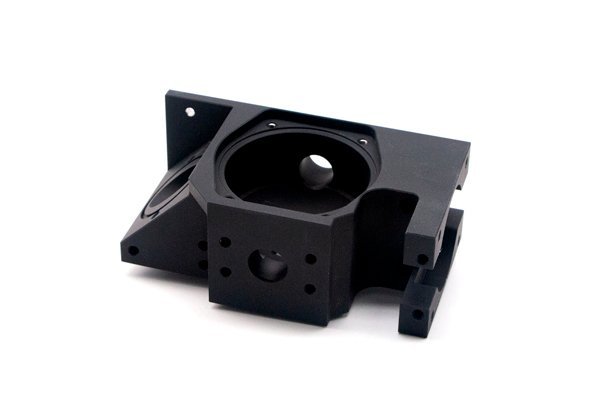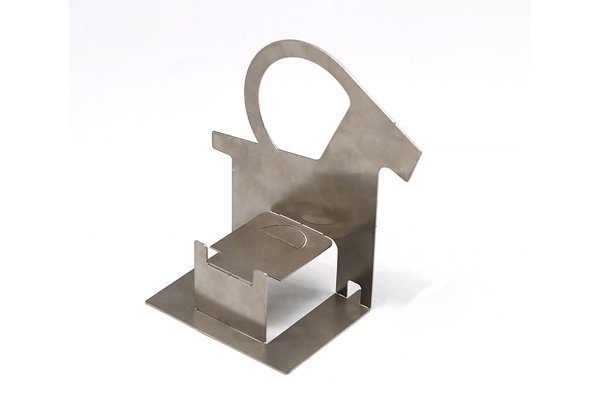An Interesting Start
Did you know that surface finish can affect not only the aesthetic appeal of a component but also its performance, durability, and function? In industries ranging from aerospace to automotive, the quality of a surface finish is crucial. Poor surface quality can lead to increased friction, wear, and even catastrophic failures in critical applications. In fact, a recent study revealed that up to 70% of mechanical failures can be traced back to insufficient surface quality. So, how do manufacturers ensure that their mirror machining processes yield the highest quality surfaces possible?
In this extensive guide, we will delve deep into the methodologies, techniques, and tools necessary for evaluating the surface quality after mirror machining. Whether you’re a seasoned machinist, an engineer, or a project manager, this comprehensive overview will equip you with the insights needed to assess surface quality effectively.
—
Understanding Mirror Machining
What Is Mirror Machining?
Mirror machining is a highly precision-based process aimed at producing parts with exceptionally smooth surface finishes that reflect light like a mirror. Typically employed in industries that require exacting tolerances and fine finishes, mirror machining uses advanced techniques and specialized tools to remove material until the desired surface quality is achieved.
The Importance of Surface Quality
Why does surface quality matter? The surface finish can influence various properties of the components produced, such as:
Methods of Evaluating Surface Quality
One of the simplest evaluation methods is visual inspection. While it may not provide quantitative data, it can identify glaring defects such as scratches, dents, or uneven surfaces. Using magnifying lenses or even microscopes can help in spotting irregularities that the naked eye might miss.
How to Conduct Visual Inspections
Surface roughness is quantified through various parameters, with Ra (average roughness) being the most common. This measurement quantifies the average deviation of the surface profile from its mean line over a given length.
How to Measure Surface Roughness
Analyzing the microstructure of the machined surface can provide insights into the underlying material properties and potential issues.
Techniques for Microstructural Analysis
The hardness of the surface is another crucial aspect that needs evaluation. Hardness correlates with surface finish; a softer surface is prone to wear and tear.
Methods of Hardness Testing
Surface integrity revolves around understanding how the manufacturing processes affect both the surface and subsurface layers of a material. Analyzing it includes evaluating residual stress, micro-hardness, and grain structure.
Evaluating Surface Integrity

—
Techniques to Improve Surface Quality
After understanding how to evaluate surface quality, it is essential to discuss techniques that can lead to better outcomes in mirror machining processes.
Choosing the right tools for machining is fundamental. Carbide and ceramic tools are often preferred for their hardness and wear resistance. Additionally, coatings can enhance tool performance.
Factors in Tool Selection
Adjusting parameters like cutting speed, feed rate, and depth of cut can dramatically affect the surface finish.
Key Parameters to Optimize
The machining environment plays a significant role in achieving a mirror finish. Temperature fluctuations, humidity, and contaminants can all negatively impact the process.
Creating a Controlled Environment
Often, additional processes such as polishing, honing, or grinding are necessary to achieve the desired finish.
Post-Machining Options
—
Challenges in Evaluating Surface Quality
Not all facilities will have access to advanced measuring equipment, which can limit the ability to conduct thorough evaluations.
Different materials react differently to machining processes, which can complicate assessment methods and outcomes.
Visual inspections and manual measurements can lead to human errors, highlighting the need for standardization and automation in evaluations.
—
In summary, evaluating the surface quality after mirror machining is a multifaceted task that requires attention to detail and a robust understanding of various evaluation methods. From visual inspections to advanced analytical techniques, each method provides unique insights into the quality of the surface. Moreover, by implementing optimized machining techniques and post-processing treatments, manufacturers can significantly improve the surface finish and overall performance of their components.
Understanding these evaluation tools and enhancement strategies ensures that you not only comply with industry standards but also meet customer expectations for quality. Remember, superior surface quality is not just about aesthetics; it’s about performance, durability, and reliability. As industries continue to evolve, embracing advanced machining techniques and thorough evaluation will position manufacturers as leaders in quality assurance.
Ultimately, this blog serves as a resource for anyone in the machining field, highlighting the critical importance of surface quality and equipping you with the knowledge needed to achieve excellence in mirror machining. Consider the insights shared here as a foundational tool in your pursuit of superior manufacturing techniques, ensuring that you stay ahead of the competitive curve.






